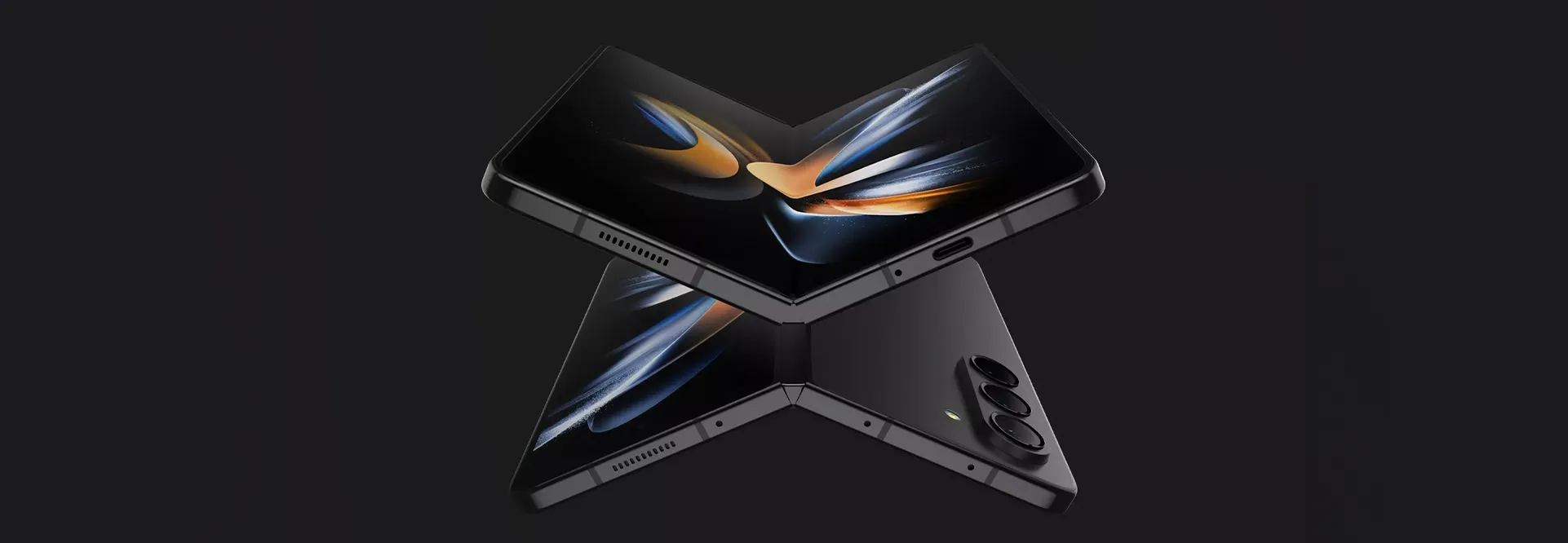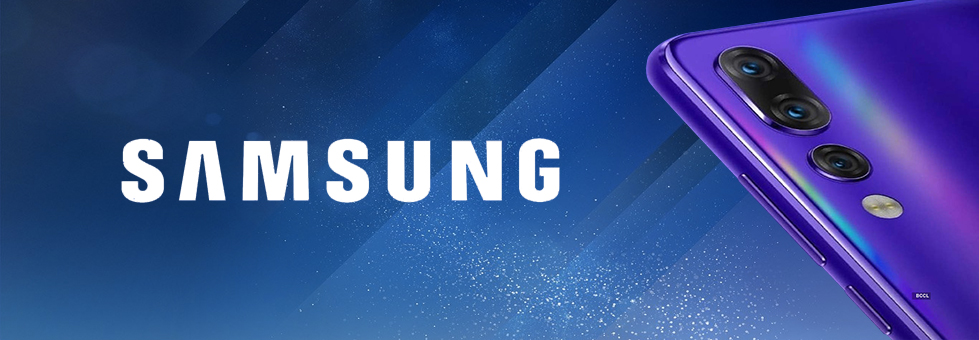Samsung Galaxy Z Fold 6 Rumours: A New Ultra Edition
Mondo Admin / 03-04-2024 / Tech
All eyes are on the Samsung Galaxy Z Fold 6, rumoured to hit stores this August.
Even though we’re months away from its release, speculations around Samsung's new foldable are flying!
And the word is, this new edition is tantalising and daring. Let's check out all the exciting rumours surrounding the highly-anticipated Galaxy Z Fold 6!
Three Moves To Toughen Up Your Tech
If the grapevine proves true, get ready for three significant design upgrades on the Samsung Galaxy Z Fold 6, all geared towards boosting durability and taking cues from the big kahuna itself, the Samsung Galaxy S24 Ultra.
First off, it wouldn't be a shocker to see it sporting a titanium frame, effortlessly blending strength and style. Secondly, whispers suggest an upgrade to the cover screen with the introduction of the "toughest, most scratch-resistant Gorilla Glass yet" – the Corning Gorilla Armor. And third, Samsung seems to be on a mission to dust-proof its foldable devices, a feature that might make a debut in this range.
Samsung has also apparently trademarked the term "Ironflex," specifically referring to the foldable OLED display panel. This could imply a sturdier foldable, better equipped to handle the daily hustle and bustle with fewer bumps and dings.
Getting To The Point
Rumours are buzzing about the Samsung Galaxy Z Fold 6 getting a design refresh by swapping curved edges for pointed edges and a wider cover screen measuring 6.4 inches, up from 6.2 inches in the previous generation.
The wider cover screen could be a game-changer, potentially increasing usability and practicality with more room for apps and everyday tasks. With the previous model slightly narrower than competitors like the Google Pixel Fold, this could be just what Samsung needed to level the playing field.
Does The 200MP Camera Make The Cut?
The Galaxy S24 Ultra seems to be the inspiration behind many of the speculations surrounding Samsung’s upcoming foldable. Some sources even suggest that the colossal 200MP main camera featured in the Ultra might find its way into the Galaxy Z Fold 6. However, let’s be realistic here – squeezing a lens of that magnitude into the foldable's sleek form factor could be a bit of a stretch.
On a more grounded note, other rumours suggest that we shouldn't hold our breath for major camera upgrades. Instead, we might see a repeat of the Z Fold 5's setup: a 50MP main camera, a 10MP telephoto with 3x optical zoom, a 12MP ultra-wide, a 10MP camera on the cover screen, and a 4MP under-display camera on the foldable screen.
While hardware changes might not be ground-breaking, improvements in camera performance are on the horizon. With a newer chipset and a slew of AI-driven features and capabilities, expect the camera to step up its game.
Now, here's where things get interesting: keep that 200MP main camera in the back of your mind because whispers suggest we might see it in a new Ultra version of the Z Fold 6. Yes, you read right!
Nothing Sweeter Than A Performance Rampage
Samsung has a history of fitting the Galaxy Z Fold range with the best internals, and it would be a let-down if this trend didn't continue. All eyes are on the brand new Qualcomm Snapdragon 8 Gen 3 to power the Galaxy Z Fold 6, maintaining its reputation for top-notch performance.
When it comes to RAM and internal storage, we’ll likely see a repeat of the Galaxy Z Fold 5's configuration: 12GB RAM available in three storage variants – 256GB, 512GB, or 1TB. However, there's speculation brewing about the possibility of bumping up the RAM to 16GB for the 1TB option. Now won’t that be sweet?
A Bright Idea That Outshines The Competition
Amid the frenzy of rumours, some things are likely to stick around from the previous model.
We're talking about the sizeable 7.6-inch main screen and that silky-smooth 120Hz high refresh rate – features that we've come to love and expect.
But here's where the plot thickens: Rumour has it that we might be in for a big upgrade in peak brightness, possibly soaring up to 2600 nits or even more. If the latter holds, there’s a possibility it could outshine competitors like the OnePlus Open, which boasts a peak brightness of 2800 nits. That's a massive jump from the previous model's 1750 nits. And honestly, we’d love to see it.
Status Quo Or Something More?
Details are a bit muddy at the moment, but there are whispers hinting at a potential upgrade in battery size to 4600mAh. On the flip side, we might see things sticking to the status quo from the previous generation with the battery size remaining at 4400mAh and charging speeds holding steady at a reliable 25W. It’s all up in the air for now.
Put A Pen In It
There are rumours that Samsung's potential patent for a dockable S Pen making its way into its foldable
That's right, just like the S24 Ultra.
Whether this feature will find its place in the Galaxy Z Fold 6 or future generations remains a mystery, but we're keeping our fingers crossed for a grand debut in 2024. As of now, the Z Fold 6 is compatible with the S Pen even though it doesn’t come equipped with one.
Flagship Or FE?
Now, onto the juiciest rumour of them all – the arrival of the Galaxy Z Fold 6 Ultra. If a premium Z Fold 6 is indeed on the horizon, we could see it adopting the flagship features of the S24 Ultra, including the titanium frame, S Pen functionality, and of course, the jaw-dropping 200MP main camera.
However, another rumour has been gaining traction, suggesting that Samsung might not be working on an Ultra version after all. Instead, whispers point to the development of an entry-level foldable – likely the Samsung Galaxy Z Fold 6 FE (Fan Edition). With the rumour mill in full swing, we'll have to wait for more information to surface. If this more affordable option does materialise, we can expect it to compromise on some premium features to keep costs down. But we’re not complaining. More affordable foldables are definitely the way forward.
We’re Waiting… Impatiently
The best foldable phone of 2024? It could very well be the Samsung Galaxy Z Fold 6 if these rumours pan out. It will have all the necessary upgrades needed to beat the competition and solidify Samsung’s name as the leader in foldable innovation. Here’s to a launch that lives up to the anticipation! We can’t wait to see how it all unfolds.







